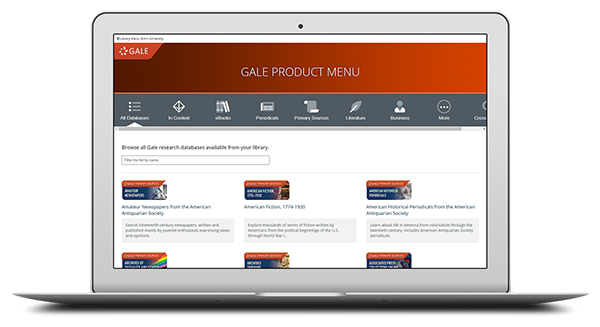Delayed Authentication Mode on Academic OneFile Select
The delayed authentication mode will offer non-authenticated users the chance to access and try the product, before they decide to login. All pages and certain features will be accessible, while full-text articles and other features will be available only after authentication.
What does “delayed authentication” mean?
Traditionally, to access Gale products, users first need to authenticate (log in or otherwise be recognized by a subscribing institution). Delayed authentication pushes that authentication further into the product experience. Users can see the product and its features (some are “grayed out” or disabled), perform searches, see search results and article previews. It’s not until a user tries to retrieve full-text or engage with certain features that authentication is required.
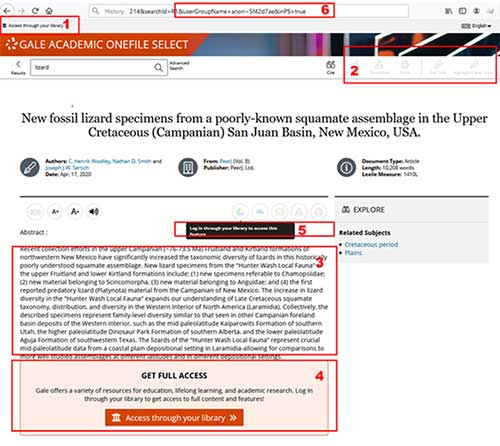 Why is Gale providing a delayed authentication experience?
Why is Gale providing a delayed authentication experience?
Research shows that users increasingly begin their research on the open web. By allowing the open web discoverability of millions of articles, Gale is helping these users search, find, and preview content from library resources. Users are encouraged through prompts on every page to easily search for their library and authenticate through their subscribing institution to benefit from access to full-text content and additional features.
Will the experience for current Gale Academic OneFile Select subscribers change?
Anyone who accesses Gale Academic OneFile Select through traditional methods (a link on their library web site, through search results in their library discovery layer, etc.) will encounter the traditional full product experience. If users are coming from the open web (a Google search result, or gale.com) and they are not recognized as coming from a location ID (through a mechanism like cookies or geo-auth) then they will receive the delayed authentication experience.
What if I hear of subscribing customers with users that are not seeing the full-text and all the product features?
These users came in through the open web instead of through library-provided links. These users can click the “Access through your library” button available on all pages in the delayed authentication experience to search for their location and log in with their usual method.
Will usage in delayed auth be tracked and rolled-up with authenticated usage?
No, due to the COUNTER Code of Practice, which requires the logging and reporting of authenticated usage. It is possible that customers could see a reduction in overall searches as compared to retrievals because only a session and retrieval will be logged upon authentication to retrieve full text (but the search that came first, while the user was not authenticated, will not be logged as part of that session).
Why are articles from open access journals shown as a preview in delayed auth and not fully available?
We know that open access articles are fully available elsewhere on the open web, but we want to make sure that all full-text retrievals are attributed to our customers’ subscriptions and collected in usage reporting, including COUNTER. That requires delayed access to any full text, including open access articles, until after user authentication (and therefore attribution to a location ID).
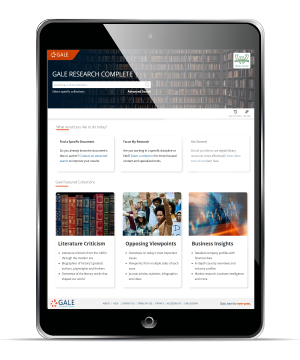

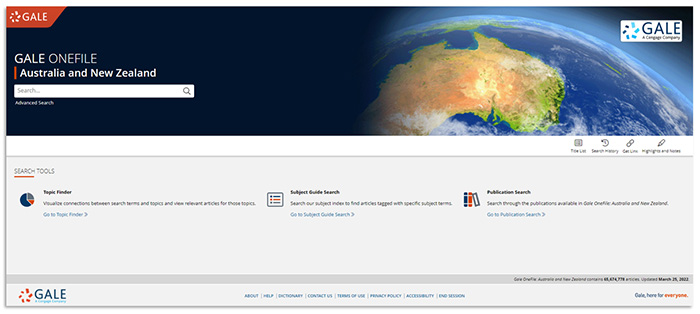
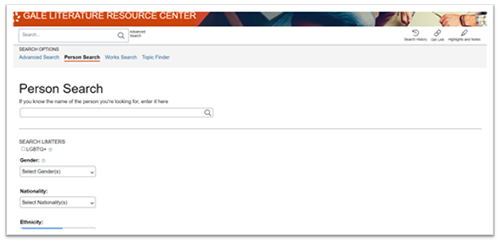
 Why is Gale providing a delayed authentication experience?
Why is Gale providing a delayed authentication experience?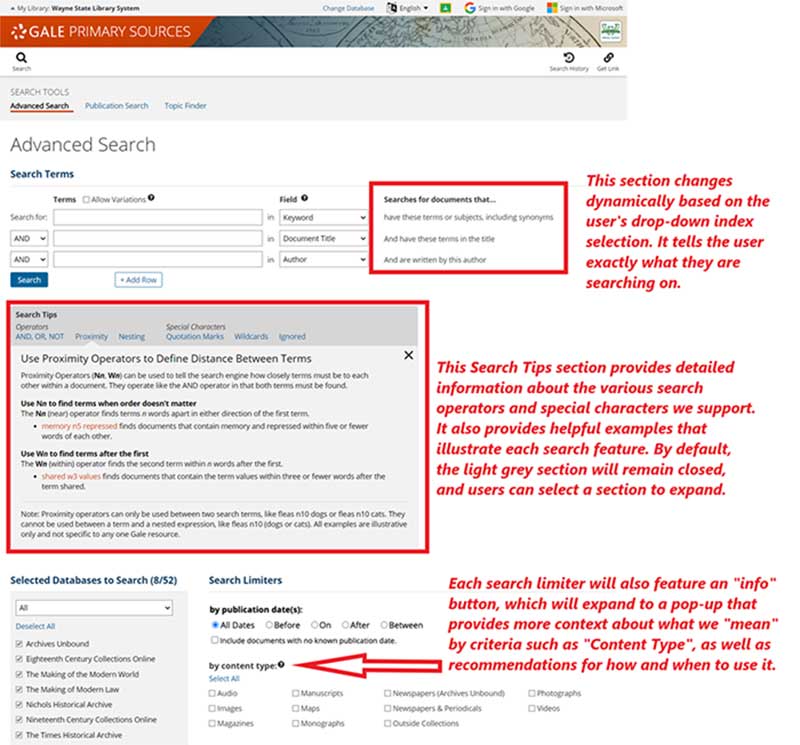

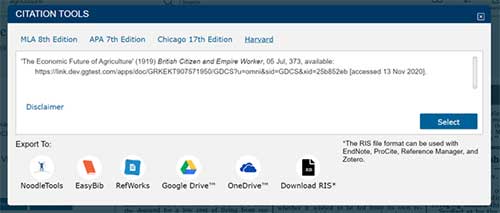
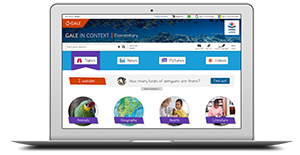 The updated product name—Gale In Context: Elementary—reflects Gale’s commitment toward supporting the full progression of a student as they develop their research abilities. It also empowers educators with additional clarity around which product best fits the needs of their students.
The updated product name—Gale In Context: Elementary—reflects Gale’s commitment toward supporting the full progression of a student as they develop their research abilities. It also empowers educators with additional clarity around which product best fits the needs of their students.